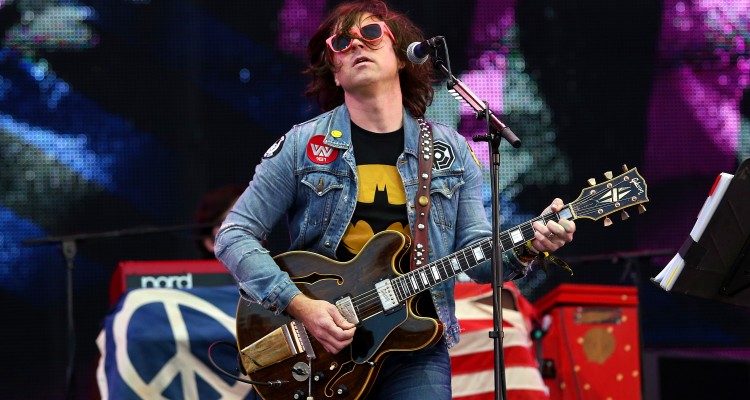On Sept. 21, esteemed songwriter Ryan Adams released a stark reinterpretation of Taylor Swift’s hit album “1989.” Adams, a prolific artist in his own right, wanted to do something radically different for his next release after splitting from his wife, actress Mandy Moore, this past Christmas.
During that time, Adams began to listen to Swift’s “1989,” and quickly connected with it. According to Adams, he would constantly think of different critiques and ideas while listening, until he decided to recreate them himself with his acoustic guitar. These mini-sessions eventually inspired Adams to do a full-fledged cover of Swift’s album.
Adams’ new album is made to be a reinterpretation of Swift’s pop material as he showcases the lyrical strength and character of Swift’s effort. Adams takes hits like “Shake It Off,” “Blank Space” and “Style,” and gives them a musical makeover by changing the time signatures and keys for several of the songs.
With a sound similar to that of Bruce Springsteen, Adams manages to transpose the former pop songs into warm acoustic and harmonica-tinged compositions. The introduction of these elements creates a new, eye-opening listening experience to fans of Swift’s version, yet there is something familiar to this approach, which delves into a similar sound to Swift’s pop country past.
Adams’ cover of “Shake It Off” is a great example of his overall goal. In the original take, there is an allegro-paced beat that mixes with an insanely catchy hook in the chorus.
Adams takes that format and keeps a steady pace, though this time, replaces the drums with a single snare beat that is reminiscent of “I’m On Fire” by Springsteen.
With the addition of a mellow, yet piercing electric guitar, and a few well-placed synths, Adams manages to take the upbeat and motivational “Shake It Off,” and morphs it into a haunting and tender rendition.
In comparison, the two albums share similar structures and themes, yet they have different meanings due to the way each is expressed musically. Swift focuses on creating anthems that will appeal to the majority of listeners, with an emphasis on effects and strong production. Adams takes these templates, and instead creates a more personal sounding production, emphasizing the lyrics and vocals to help convey a story to listeners.Through his covers, Adams also unveils the universal applications to be found in Swift’s songs. By adding a different voice to the same lyrics, Adams showcases the way people take songs and add their own story to them. People relate to music as a way to express their own emotions and experiences, which is one of the reasons why Swift’s “1989” garnered so much popularity.
Adams’ “1989” is a controversial take on one of 2014’s biggest albums, yet there is plenty to be found through multiple listens. Fans of Swift or Adams should check out both albums and compare them to hear how Adams’ rendition lifts up the original material and gives it new meaning.


Leave a Reply